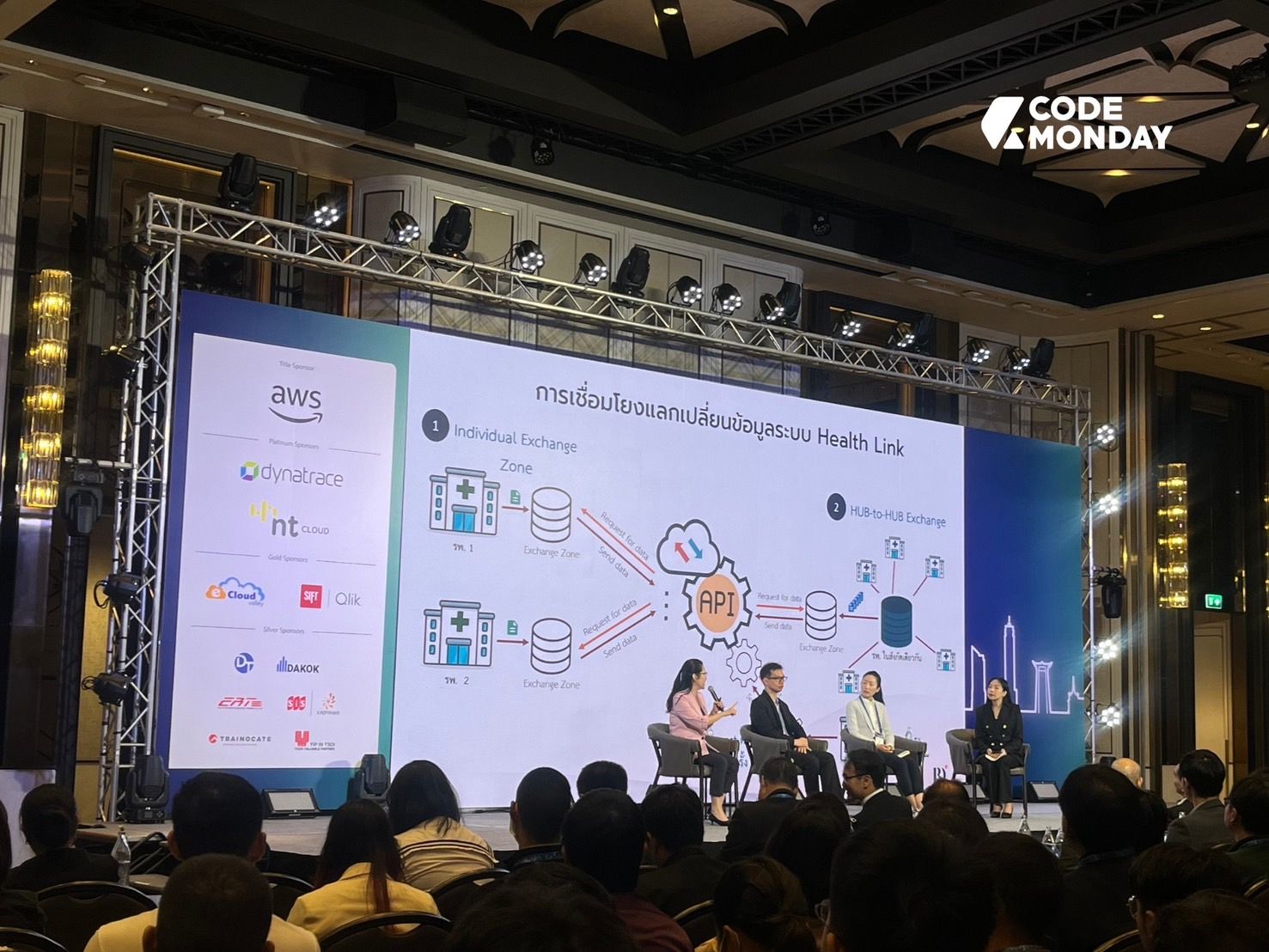
What is Agile Methodology?
The Agile Methodology is a set of principles and practices for software development and project management that emphasize flexibility, teamwork, and customer satisfaction. Designed to adapt to changing needs and client feedback throughout the development process, Agile is particularly suited for projects with initially unclear requirements or when rapid delivery of enhanced software is essential.
Key Principles of Agile Methodology
People Over Processes:
Agile underscores the importance of teamwork and effective communication among team members. It prioritizes individual involvement and encourages transparent interactions.
Working Solutions Over Comprehensive Documentation:
While documentation is valuable, Agile places greater emphasis on the progress of the project as a primary indicator of success. It encourages developers to focus on delivering software that aligns with the actual needs of the customer.
Collaborative Contract Negotiation with the Customer:
Agile promotes customer or stakeholder involvement in the development process. Customer input is collected and integrated into the project to ensure the delivered product meets their requirements.
Embracing Change in Everything:
Agile embraces the flexibility of requirements. All projects have the capacity for change, allowing for adaptation and incremental development.
Incorporating Agile methodology into your project management approach can lead to increased adaptability, enhanced collaboration, and ultimately, higher customer satisfaction. By valuing individuals, emphasizing tangible results, involving clients, and embracing change, Agile provides a framework that keeps pace with the dynamic nature of modern software development.
It's important to note that while Agile offers numerous advantages, it may not be suitable for every project or organization. The decision to adopt Agile should be based on specific project requirements, team expertise, organizational culture, and goals. Some projects may benefit more from traditional project management approaches, hybrid models, or a blend of Agile with other methodologies.

Agile Methodology’s Advantage
Agile is an excellent option for project management and development. Numerous organizations adapt to it due to the multitude of advantages it offers. In this article, we will discuss the primary reasons why Agile is highly popular.
Flexibility and Adaptability:
Agile is ideal for projects where there is no absolute clarity at the outset. It enables teams to adapt to changing requirements and market conditions, thereby facilitating the incorporation of new functionalities or modifications.
Customer-Centric Focus:
Customer satisfaction is of utmost importance in Agile. Regular input from customers and stakeholders ensures that the final product fulfills their expectations and requirements.
Accelerated Testing and Deployment:
Agile promotes shorter development cycles, resulting in faster product delivery. Swift iterations and feature rollouts assist organizations in maintaining competitiveness.
Culture of Continuous Improvement:
Agile encourages teams to continuously evaluate and refine their processes. They consistently seek ways to enhance efficiency, improve quality, and foster better collaboration.
Transparency:
In Agile, teams have complete visibility into the project's progress. Daily team meetings and visual aids such as Kanban boards facilitate effective coordination, leading to improved teamwork and communication.
Enhanced Quality:
Agile frameworks like Extreme Programming (XP) emphasize practices such as Test-Driven Development (TDD) and continuous integration, thereby leading to software of higher quality.
Risk Mitigation:
Agile's iterative approach aids in early identification and management of risks. This simplifies and reduces the costs associated with addressing any issues that may arise.
Empowered Teams:
Agile empowers teams to make decisions and self-organize, often resulting in better outcomes and achievements.
Optimized Resource Allocation:
Agile enables organizations to allocate resources more efficiently. By prioritizing critical tasks, they can enhance overall efficiency.
Competitive Advantage:
Agile allows organizations to adapt and respond swiftly to market changes and customer feedback, thereby helping them maintain a competitive edge.
Improved Communication:
Agile practices foster consistent communication within teams and with stakeholders, reducing misunderstandings and enhancing collaboration.
Customer Satisfaction:
Agile places the customer at the core. Regular reviews ensure that the final product aligns with their expectations.
Measurable Progress Indicators:
Agile provides clear metrics, such as velocity or lead time, that enable teams to make informed decisions based on data.
Minimization of Waste:
Agile principles aim to reduce waste in the development process, resulting in cost savings and more efficient resource utilization.

It's important to note that while Agile offers numerous advantages, it may not be suitable for every project or organization. The decision to adopt Agile should be based on specific project requirements, team expertise, organizational culture, and goals. Some projects may benefit more from traditional project management approaches, hybrid models, or a blend of Agile with other methodologies.
Are you curious about Agile methodologies and how they can completely transform the way you work? In this blog post, we're going to take a closer look at different Agile frameworks, so you can easily get the hang of the basics and keep reading till the end. a quick overview Agile is a work approach that breaks tasks into smaller parts.
Recommended for you












